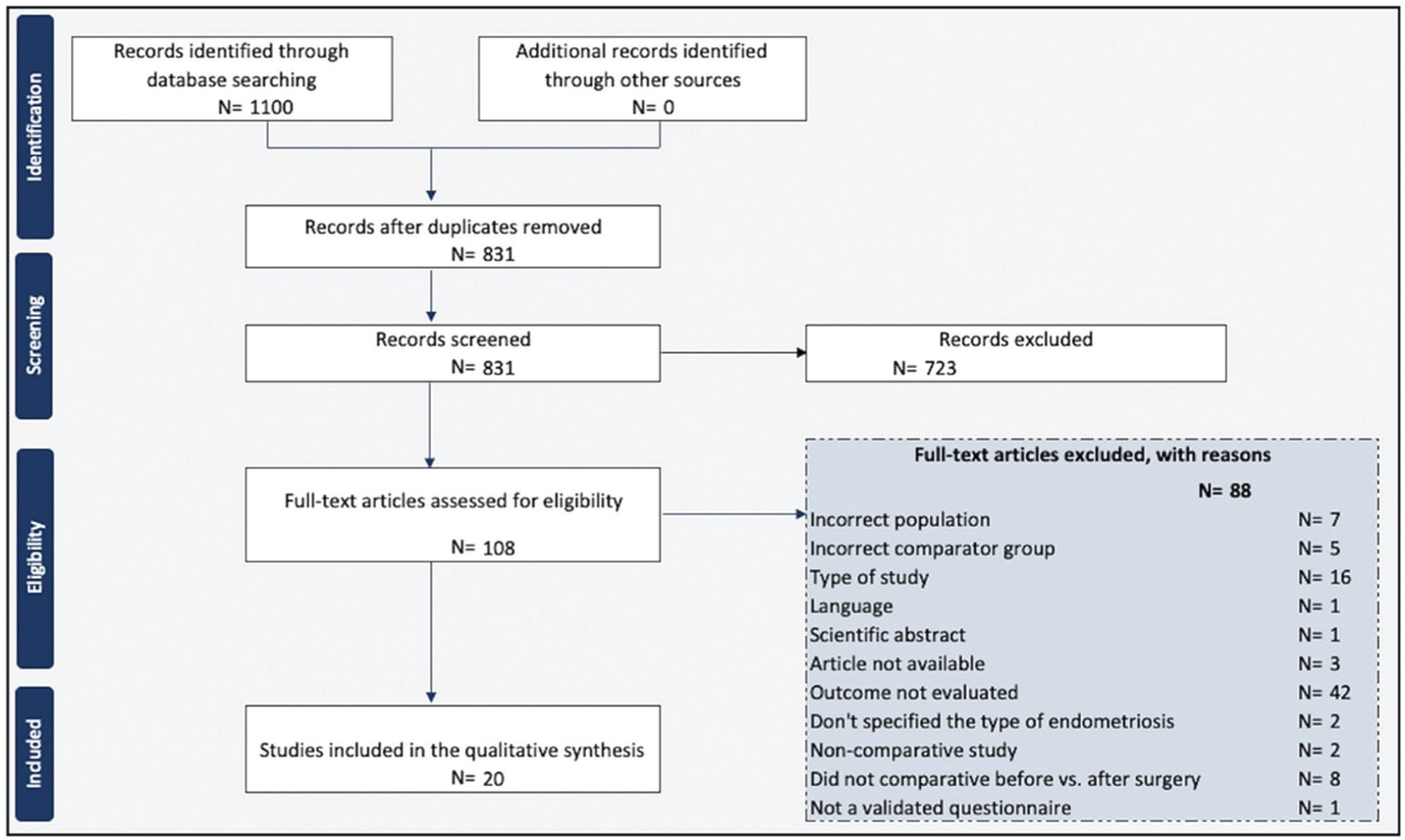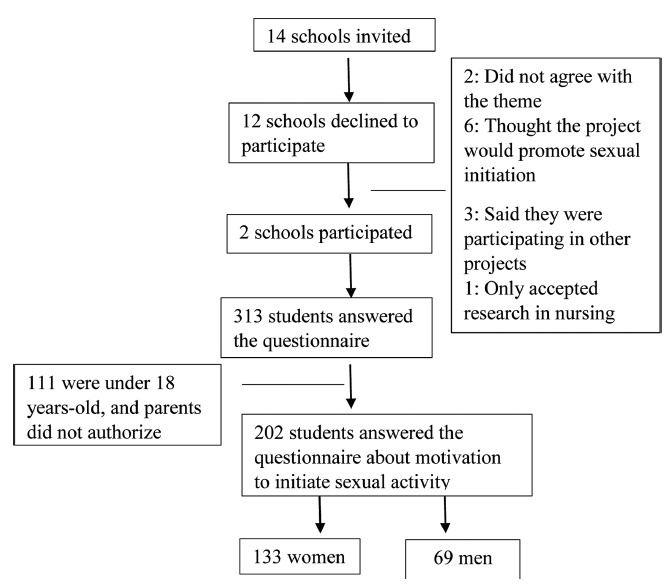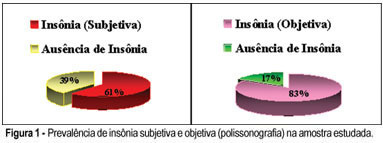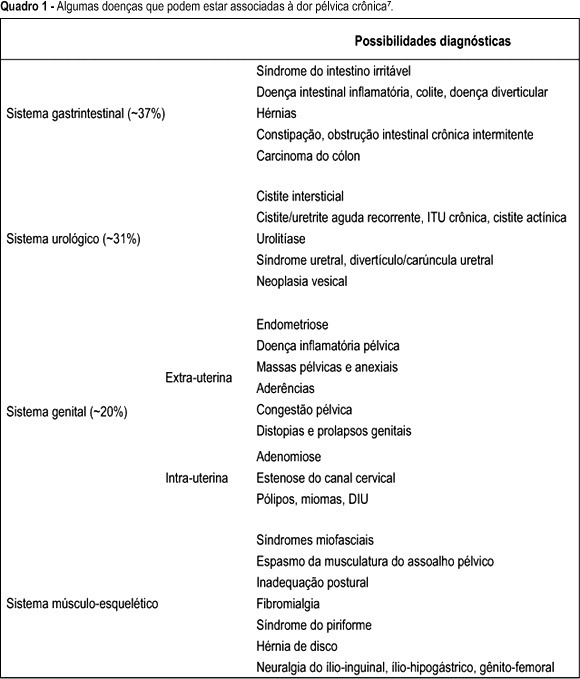Summary
Revista Brasileira de Ginecologia e Obstetrícia. 2021;43(10):728-735
The role of breast milk in the physical and mental health of infants and in the prevention of infant death is widely known. The benefits of breastfeeding for mothers and infants have been proven, but several factors can affect breastfeeding. Childbirth is one of the most influential factors. The present study aimed to investigate the effect of the type of delivery (natural childbirth and cesarean section) on breastfeeding based on the latch, audible swallowing, type of nipple, comfort, hold (LATCH) scoring system.
The present cross-sectional observational study was performed using the census method among women who referred to Afzalipour Hospital for delivery in May 2020; the breastfeeding pattern was completed by observation and the in-case information, by LATCH checklist. Data were analyzed using the Statistical Package for the Social Sciences (IBM SPSS Statistics for Windows, IBM Corp., Armonk, NY, United States) software, version 19.0, analysis of variance (ANOVA), and the Chi-squared statistical test.
Out of a total of 254 deliveries (127 natural childbirths and 127 cesarean deliveries), there was no statistically significant difference between the 2 study groups in terms of age, maternal employment status, and infant weight, but there was a statistically significant relationship between the type of delivery, the maternal level of schooling, and the appearance, pulse, grimace, activity, and respiration (Apgar) score in the first minute. The mean score of breastfeeding patterns among the natural childbirth group (9.33) was higher than that of the cesarean section group (7.21).
The type of delivery affects the mother’s performance during breastfeeding, and mothers submitted to cesarean sections need more support and help in breastfeeding.
Summary
Revista Brasileira de Ginecologia e Obstetrícia. 2023;45(11):729-744
To review the current state of knowledge on the impact of the surgical treatment on the sexual function and dyspareunia of deep endometriosis patients.
A systematic review was conducted in accordance with the Meta-Analysis of Observational Studies in Epidemiology (MOOSE) guidelines. We conducted systematic searches in the PubMed, EMBASE, LILACS, and Web of Science databases from inception until December 2022. The eligibility criteria were studies including: preoperative and postoperative comparative analyses; patients with a diagnosis of deep endometriosis; and questionnaires to measure sexual quality of life.
Two reviewers screened and reviewed 1,100 full-text articles to analyze sexual function after the surgical treatment for deep endometriosis. The risk of bias was assessed using the Newcastle-Ottawa scale for observational studies and the Cochrane Collaboration's tool for randomized controlled trials. The present study was registered at the International Prospective Register of Systematic Reviews (PROSPERO; registration CRD42021289742).
General variables about the studies, the surgical technique, complementary treatments, and questionnaires were inserted in an Microsoft Excel 2010 (Microsoft Corp., Redmond, WA, United States) spreadsheet.
We included 20 studies in which the videolaparoscopy technique was used for the excision of deep infiltrating endometriosis. A meta-analysis could not be performed due to the substantial heterogeneity among the studies. Classes III and IV of the revised American Fertility Society classification were predominant and multiple surgical techniques for the treatment of endometriosis were performed. Standardized and validated questionnaires were applied to evaluate sexual function.
Laparoscopic surgery is a complex procedure that involves multiple organs, and it has been proved to be effective in improving sexual function and dyspareunia in women with deep infiltrating endometriosis.

Summary
Revista Brasileira de Ginecologia e Obstetrícia. 2020;42(11):731-738
Adolescence is characterized by significant biological and psychological changes. During this time, the increased production of androgens leads to increased sexual behavior, and this may contribute to early initiation of sexual activity. The objectives of the present cross-sectional study of adolescents enrolled in state schools in the city of Ribeirão Preto, state of São Paulo, Brazil, were to determine the average age at the first sexual intercourse (sexarche), the average number of sexual partners, and the frequency of contraceptive and condom use. Information on the age at sexarche, number of sexual partners, use of different contraceptive methods, and use of condoms were obtained using a semistructured questionnaire. Quantitative variables are expressed as means and standard deviations (SDs), and qualitative variables as absolute and relative frequencies. The chi-squared test was used for comparisons of qualitative variables, and the Student t-test for comparisons of continuous variables. All statistical analyses were performed using SAS (version 9.4, North Carolina State University, USA). We evaluated 202 students who answered the questionnaire, 69 males (36.36%) and 133 females (63.64%). The age at sexarche for men ranged from 7 to 18 years old, and for women from 7 to 17 years old. Forty-eight girls (36.01%) and 21 boys (30.43%) were in the first year of high school, 66.94% of adolescents reported sexual intercourse, and 56.25% used a condom during the first sexual intercourse. A total of 36.72% of students said they had safe sex most of the time, and 83.59% said that the first sexual intercourse happened because they “had a crush on” the other person.

Summary
Revista Brasileira de Ginecologia e Obstetrícia. 2005;27(12):731-736
DOI 10.1590/S0100-72032005001200005
PURPOSE: to evaluate the prevalence of reported sleep disturbances through polysomnographic recording (PSG) in a sample of postmenopausal women. METHODS: thirty-three postmenopausal women with a mean age of 56 years, a mean body mass index (BMI) of 27 kg/m², with 7.7 years of recognized postmenopausal period, and a mean Kupperman index of 17, were selected. The inclusion criteria were: age range from 50 to 65 years, at least one year of amenorrhea and an FSH which equaled or exceeded 30 mU/ml; they should not be undergoing hormone therapy, and should display normal laboratory test results. The patients with severe clinical diseases and/or decompensated were excluded; also the ones with suspicion of carcinoma of endometrium and/or breast cancer, a BMI over 30 kg/m² and those who ingested hypnotic drugs. The patients followed a routine climacteric check-up, answered a questionnaire about sleep and underwent an all-night PSG recording. Frequencies in percentage of emerging sleep complaints based on the questionnaire and those pertaining to PSG diagnosis were then calculated separately. RESULTS: the subjective prevalence of insomnia was 61% against 83% in the PSG recordings. The prevalence of apnea reported was 23% against 27% in the PSG. The subjective restless legs syndrome prevalence was 45%, and the objective, 27%. CONCLUSION: there was a high prevalence of sleep disturbances in postmenopausal patients, specially insomnia, apnea and restless legs.

Summary
Revista Brasileira de Ginecologia e Obstetrícia. 2003;25(10):731-738
DOI 10.1590/S0100-72032003001000006
PURPOSE: to evaluate, in pregnant adolescents, the incidence of iron deficiency, using the following blood tests: hemoglobin, ferritin, serum iron, transferrin saturation rate and serum transferrin receptor, and their relationships. METHODS: a total of 56 adolescents were included at the first prenatal evaluation between the 12th and the 20th week of gestation. The normal values for each test were: above 11 mg/dL for hemoglobin, 12 µg/dL for ferritin, 50 mg/L for serum iron, 16% for transferrin saturation rate and below 28.1 nmol/L for serum transferrin receptor. Each result was evaluated using percentages and the McNemar test was used to compare the results. RESULTS: incidence of anemia using the hemoglobin concentration test was 21.4%. All pregnant women presented mild anemia. In the present study, 21.4% of the patients had iron deficiency with a ferritin concentration <12 mug/dL. Serum iron concentration was reduced in 3.6% of the adolescents and transferrin saturation rate in 26.8% of the sample. The value obtained by the transferrin receptor test was unclear, due to the lack of international standardization regarding measure unit. Comparing the hemoglobin concentration test to the other iron deficiency tests, it was found that the latter do not show a better evaluation than the hemoglobin concentration test in patients with hypoferremia. CONCLUSIONS: the hemoglobin concentration test in patients with mild anemia was effective to identify iron deficiency.
Summary
Revista Brasileira de Ginecologia e Obstetrícia. 2018;40(12):731-732
Summary
Revista Brasileira de Ginecologia e Obstetrícia. 2018;40(12):733-739
To determine the role of caspase-3, apoptosis-inducing factor (AIF), and Bcell lymphoma-2 (Bcl-2) expressions in term premature rupture of membrane (PROM).
An analytic observational study with case-control design was conducted, involving 52 subjects (37-42 weeks of gestation) who were divided into 2 groups: 26 cases of term delivery with PROM, and 26 controls of term delivery without PROM. The expressions of caspase-3, AIF, and Bcl-2 in the amniotic membrane were determined by immunohistochemistry. Data were analyzed using the chi-squared test. The risk of PROM was expressed by odds ratio (OR).
There were no significant differences in age, parity and body mass index between the two groups (p > 0.05). High caspase-3 and AIF expressions increased the risk of PROM 17.64 times (OR = 17.64; 95% CI = 4.44-70.07; p = 0.001) and 9.45 times (OR = 9.45; 95% CI= 2.62-34.07; p = 0.001), respectively, while low Bcl-2 expression increased 10.39 times (OR = 10.39; 95% CI = 2.73-39.56; p = 0.001)the risk of PROM .
High caspase-3 and AIF expressions and low Bcl-2 expression were risk factors for term PROM. Caspase-dependent and independent pathways of apoptosis were involved in the mechanism of PROM in term pregnancy.

Summary
Revista Brasileira de Ginecologia e Obstetrícia. 2006;28(12):733-740
DOI 10.1590/S0100-72032006001200008
Chronic pelvic pain is a debilitating and highly prevalent disease with a major impact on quality of life and work productivity, beyond significant costs to health services. The dilemma of managing patients with chronic pelvic pain continues to frustrate physicians confronted with these complaints, in part because its pathophysiology is poorly understood. Consequently, its treatment is often unsatisfactory and limited to temporary symptom relief. In the present revision, we discuss the adequate management of chronic pelvic pain. We point out that a comprehensive medical history and physical examination should include special attention to gastrointestinal, urological, gynecological, muscle-skeletal, neurological, psychiatric, and endocrine systems. Thus, a multidisciplinary approach is recommended. Additionally, we emphasize that, although useful, specific surgical procedures, such as laparoscopy, should be indicated only to selected patients, mainly after excluding irritable bowel syndrome and pain of myofascial origin.
